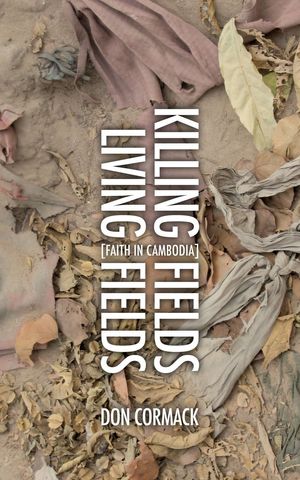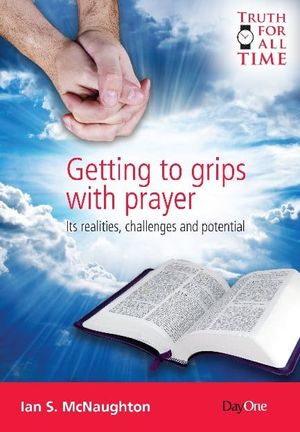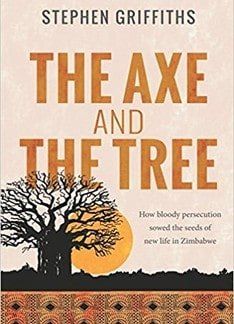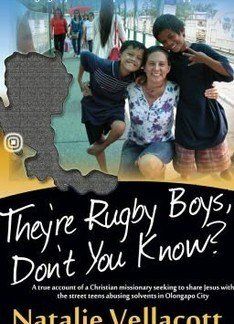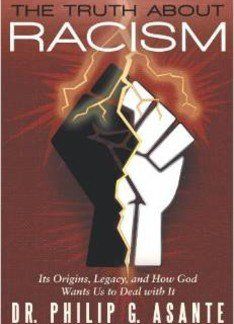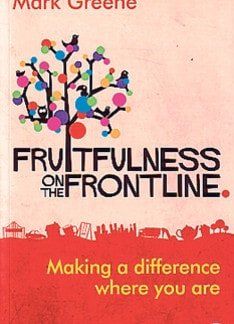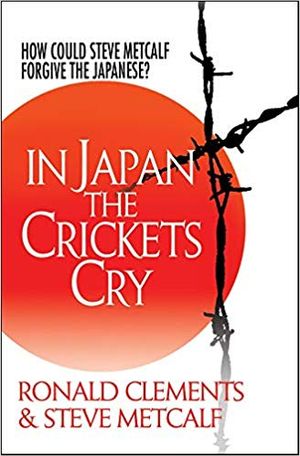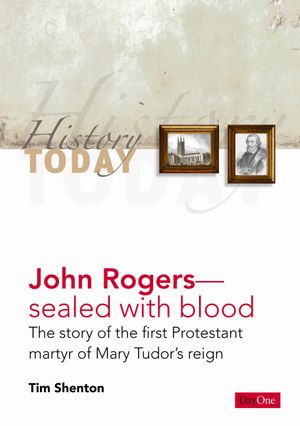Author: Don Cormack
Publisher: Christian Focus
464 pages
Purchase from: Christian Focus
(£11.99)
Don’t be put off by the length of this book. It is a ‘must’ for every believer and Don Cormack’s easy style will grip the reader. But, emotionally, this is not easy to read. I read the original published in 1997; this edition is revised and updated.
Two matters greatly impressed me. First, the horrific nature of man’s sin that leads to the most atrocious actions of humans possessed by the power of evil. Secondly, the amazing acts of a sovereign God, whose mercy and grace triumph in times of intense human suffering.
The book is divided into three sections. A description of the early years of the Cambodian church, 1923-1975, is followed by an account of the great massacre of 17 April 1975. The concluding section describes the years of the Khmer Rouge’s reign of terror (1975-79) and the subsequent story of both encouragements and discouragements following liberation. Included as an appendix is a fascinating timeline of Cambodian history from 300 BC to AD 2009.
One of the first churches in Cambodia came to birth in the 1920s – a small light in the spiritual darkness of a remote village. The work of translating the Bible began in 1925, but it was to be nearly thirty years before the task was completed. By 1970, there were about 300 Christians in the country. Between 1970 and 1975 there was a period of unprecedented growth. In Phnom Penh itself, three churches multiplied ten times! By the end of 1974, thousands of believers awaited baptism. There was only a handful of recognised pastors.
Less than four months into the never-to-be-forgotten year of 1975, Cambodia and particularly Phnom Penh became a sea of blood. Some said that the Khmer Rouge washed their feet in the blood of the massacre. This appalling army of men was ruthless and heartless, and behaved like a savage animal tearing its prey wherever it went.
The old, the frail, pregnant women, little children, the sick and dying were ‘thrown out like garbage’. Two million people were driven out like sheep going to the slaughter. This is the point where the book becomes hard to read.
The final seven chapters of section 3 cover more than 200 pages. Ninety per cent of Christians in Cambodia had perished. Liberation came, but Cambodia’s sufferings had not ended. The new constitution stated: ‘Every Cambodian has the right to worship according to any religion’.
Maybe so, but not the suffering believers. Alas, ‘a new and terrifying breed of gods was in power’. Despite that, God continued to work, particularly in harsh refugee camps. In the villages, the work was kept alive mostly by faithful, elderly ‘aunties’ and ‘grannies’.
They gathered the Christians together for fellowship in their homes; to pray, sing and read the Scriptures. The moving stories of godly individuals are told in these pages, one example being ‘Granny Rose’.
What more shall I write? Read it for yourselves. You will not regret spending less than a £10 note on this moving and challenging book. It puts comfortable western Christianity into the shade!

